Choosing Windows – The Ultimate Guide
Whether you’re self building or renovating, the windows you choose will form a huge part of your home’s finished character.
Aesthetics and budget are bound to give you a big steer towards the best window options, and there will be a lot of to-ing and fro-ing involved to get the balance right.
But fenestration is functional, too, and your windows will need to deliver on security, ventilation, provision of daylight and much more besides.
Window design basics
The first step when selecting your windows and glazing is to identify the overall look you’re after: is yours a heritage home or period-inspired new build project? If the latter, then a traditional window style will work best – with the possible exception of adding a contemporary extension to an older house.
| Windows make or break your project, so getting them right is absolutely key. To start with, you need to decide between traditional timber, aluminium, uPVC, aluminium-clad timber and modern timber alternatives. Then should they be double or triple glazed? All these options will be on display at Build It Live, along with the experts who can share their knowledge about the benefits. Explore all the options in one place – only at Build It Live.
Watch live presentations on a variety of topics, such as:
Build It Live takes place three times a year in Kent, Oxfordshire and Exeter. The next show will be on 8th and 9th June 2024, in Bicester, Oxfordshire. Claim a pair of free tickets today and start planning your visit. |
With traditional windows, you may well be able to find inspiration in surrounding homes and the historic context of your property. Do you want leaded lights in those cottage casements, for instance?
Should your new sash windows be in a Georgian six-over-six pane arrangement or feature larger glass panels for a Victorian or Edwardian look? Once you’ve got the basics down, you can begin to flesh out aspects such as materials, glazing bar styles and decorative details like ironmongery.
Window Design & Planning PermissionOn a self build project, the basic window design and spec will be developed as part With renovations, replacing existing windows for models of the same size (or upgrading to double glazing) can be done under permitted development (PD) rights – but anything above and beyond that is likely to need a formal planning application. In some cases, you’ll always need consent – for instance when dealing with listed buildings or conservation areas. Check in with your local council if you’re unsure whether PD rights apply. Learn more: Guide to Permitted Development |
If you’re building in a more contemporary style, that’s likely to be reflected in your choice of window frame materials and opening configurations. You’ll probably be looking for products that deliver maximum glass with a minimal framing to let in as much natural light as possible and deliver the best views out.
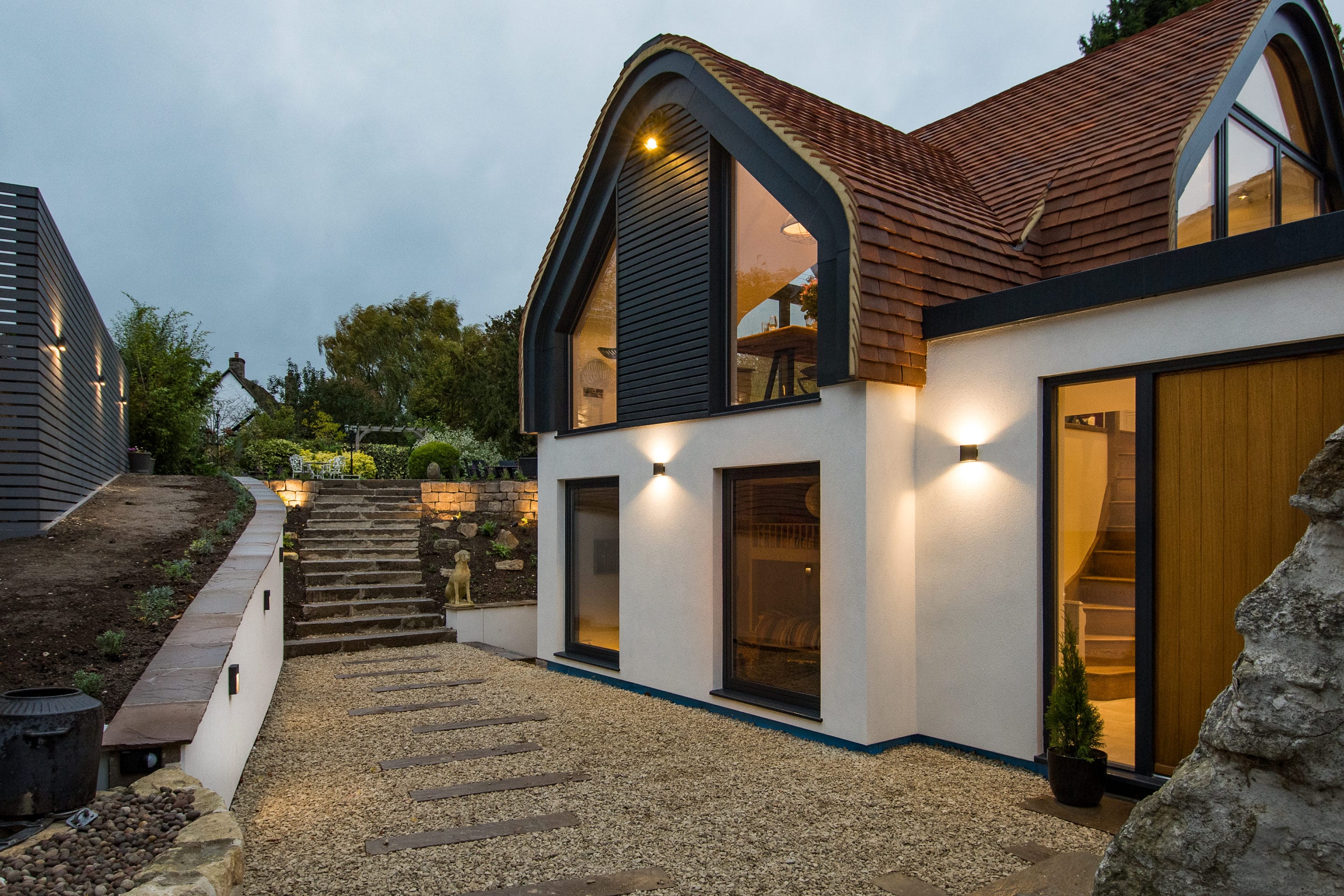
Kloeber provided the bespoke glazing and entrance doors for this renovation and extension project, complete with minimal framing to achieve a sleek modern look.
Alternatively, you might have your sights set on using the wubdiw frames to add architectural interest. Could a pop of colour make the statement you’re after; or do you want timber windows to bring a touch of warmth and texture to white-washed interiors?
Much of this outline information will be established at the initial design stages – but it’s amazing how quickly you need to start developing this into something resembling a formal spec, as the windows will impact on a host of follow-on decisions.
BUILD IT DIRECTORY: FIND THE BEST WINDOWS
Thankfully, most window suppliers will be keen to work with you and your architect as early as possible. This way, they can help you to identify details such as maximum panel sizes, performance criteria, threshold details, how far the units should be set back into the wall, mission-critical sightlines (how the framing matches up across storeys etc) and establish what’s achievable within your budget.
Window frame materials
A wealth of window frame options is available to suit your project goals. Some are lower-maintenance, while others major on sustainability, slim profiles or affordability.
Here are the main pros and cons of the key players:
Timber windows
A natural choice, offering bags of character and warmth – and not just visually. Wood is innately more insulating than other common frame materials, so good-quality products will deliver excellent energy efficiency performance. Most are made in cost-effective engineered timber, which offers good strength in a slim, elegant profile. A huge array of paints and stains are available, usually factory-applied and typically covered by manufacturer’s warranties of five years or more (so you won’t have to think about maintenance for a good few years). What’s more, using wood from sustainable sources can boost your eco credentials, while the fact these units can be easily repaired ensures a long service life.
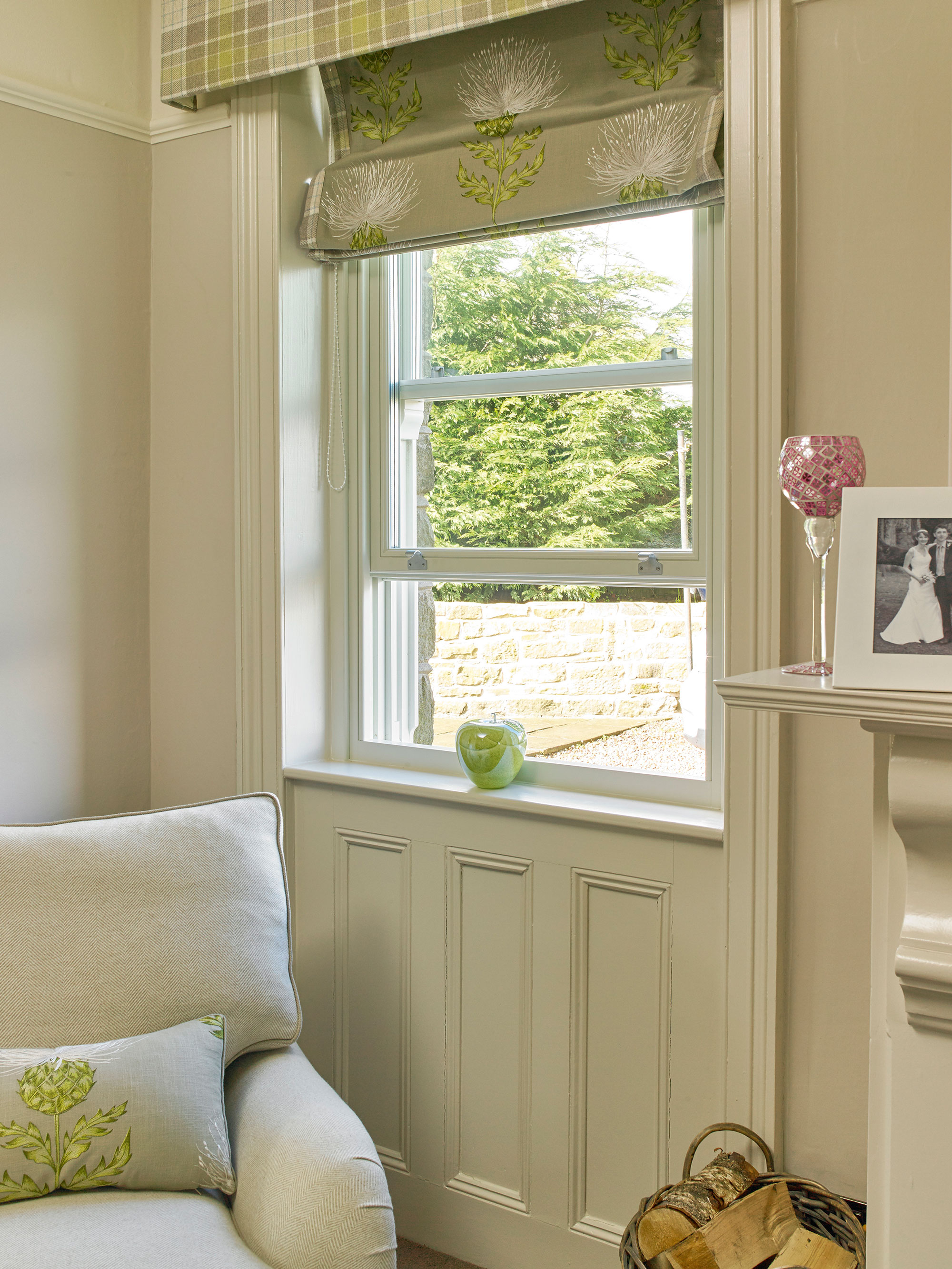
Green Building Store offers a range of slimline, high-performance triple glazed sash windows ideal for traditional-style new build home
Aluminium windows
Probably the best known of the metal window options, aluminium is a real favourite for contemporary homes. Its biggest selling point is its strength and stability, which enables super-thin sightlines to maximise views and natural light. The frames can be powder coated in any colour, so you’re not limited to the noughties’ favourite of anthracite grey. Modern metal windows feature an insulated thermal break to achieve low U-values (a measure of thermal performance, where lower numbers indicate better performance). On top of that, aluminium frames are virtually maintenance free, highly durable, corrosion-resistant and fully recyclable at the end of their lifespan. Prices are generally comparable with high-end timber units.
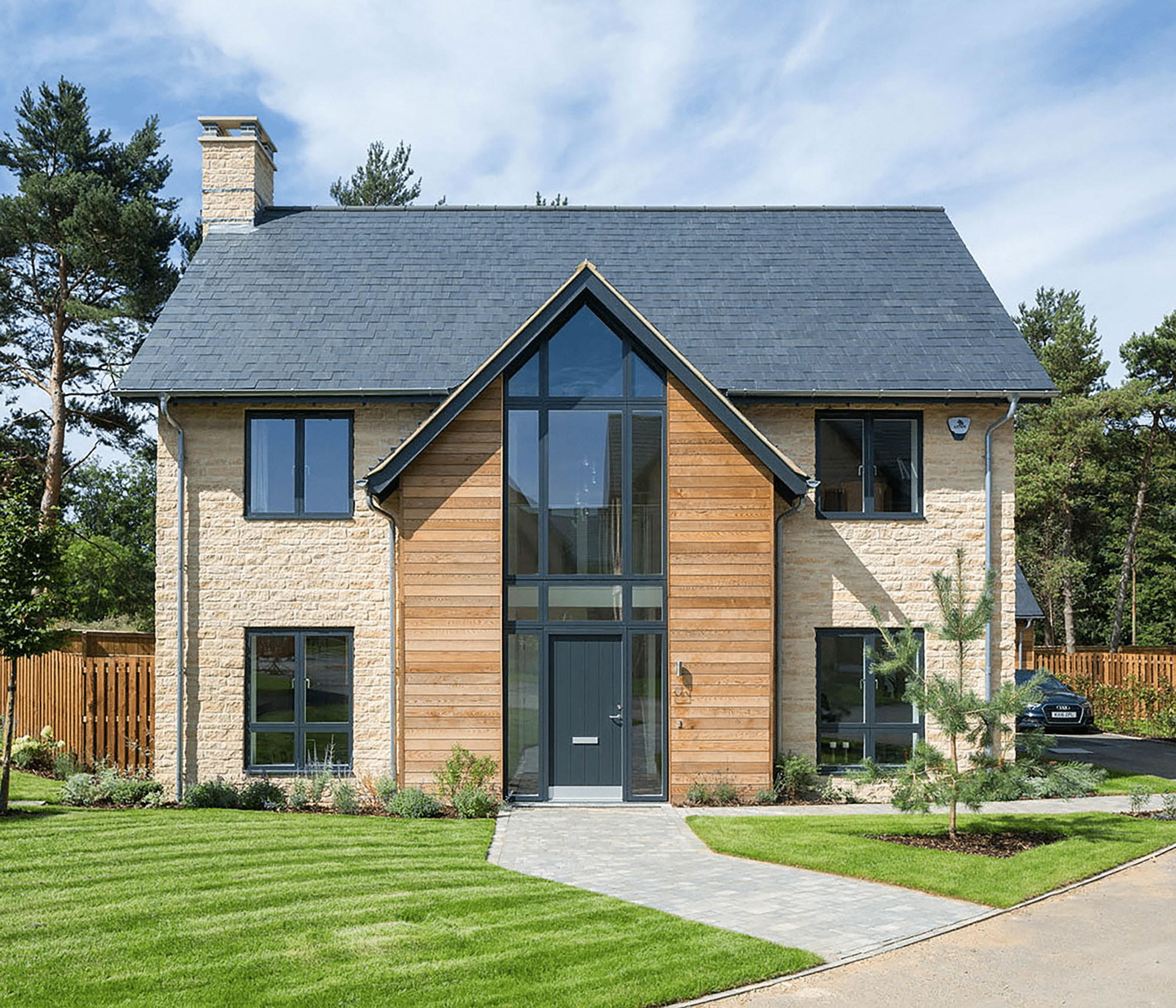
Contemporary fenestration can work well alongside traditional materials, as shown by this Velfac project.
Plastic windows
PVCu has well and truly shed its bad-boy image, with modern products almost unrecognisable compared to the poor examples widely installed in the 1980s and 90s. Today’s plastic windows retain that enticing affordable price tag while also offering benefits such as good U-values, impressive colourfast finishes and slim frames (although not quite as thin as timber or aluminium) that can even look the part in period properties. But do pick wisely: look to market leaders who offer robust, secure PVCu windows with decent guarantees, and avoid the cheaper end of the spectrum.
Composite windows (alu-clad)
These windows typically feature an internal timber frame sheathed in a durable, low-maintenance exterior finish (such as aluminium). They’re at the top end in terms of price, but offer an appealing combination of warmth and character internally, excellent energy performance and a sleek weatherproof cladding on the outer face. Alu-clad PVCu designs are also starting to gain traction in the UK.
Other metal window options
If you’re after a distinctive, statement-making finish and willing to pay a premium, you might consider the likes of steel or bronze for your bespoke home project. Elegant steel designs where the viewing pane is broken up with horizontal glazing bars are particularly en vogue at the moment; although you can get a similar look for less from some aluminium suppliers.
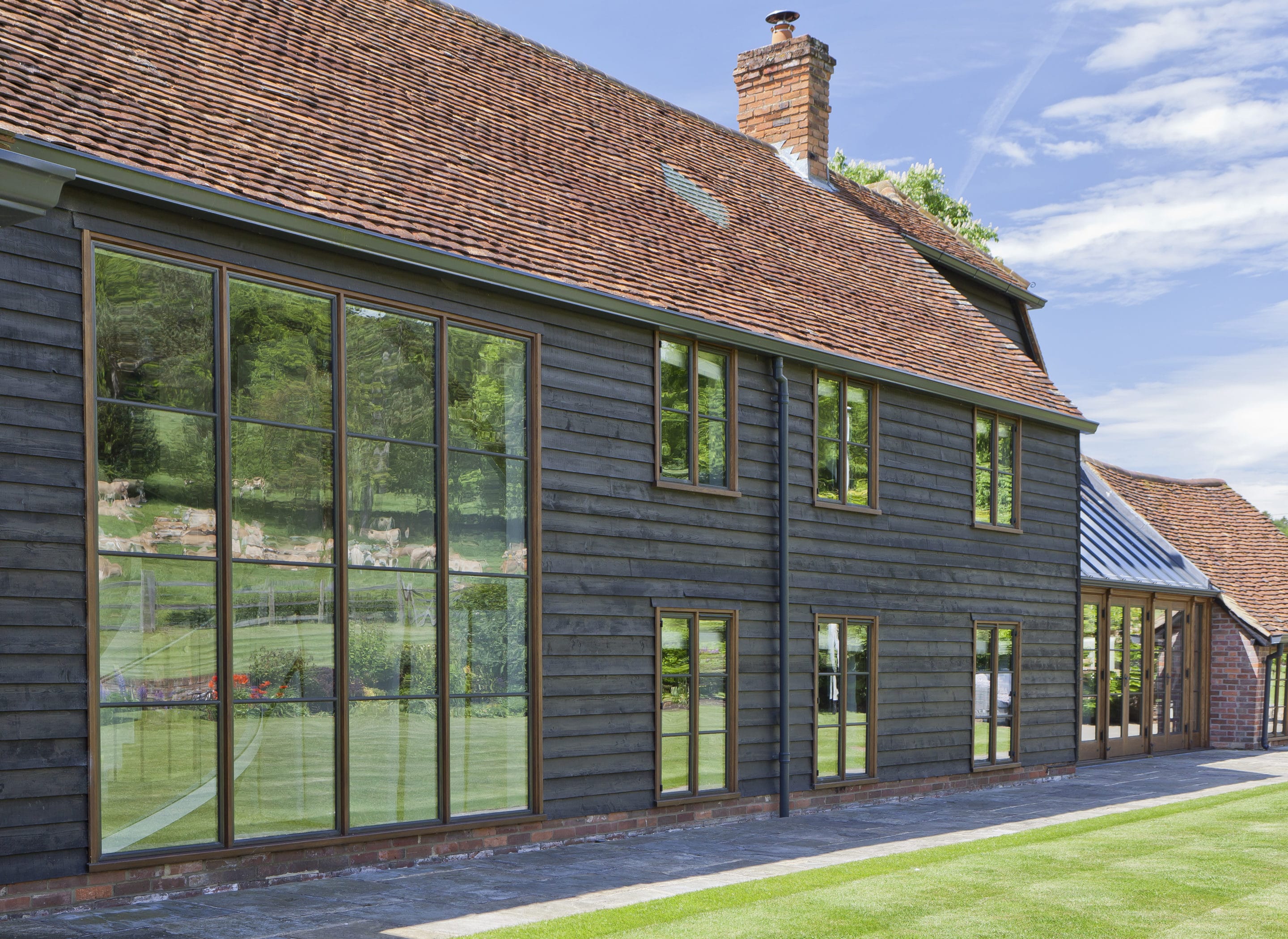
A mix of fixed and opening windows from Architectural Bronze Casements blends beautifully with this barn’s black cladding
Windows & energy efficiency
The overwhelming majority of windows are now supplied fully factory-glazed, pre-finished and completely sealed, which provides the reassurance of quality control when it comes to achieving high-performance units.
The thermal efficiency of windows is measured by their U-value, with lower numbers indicating better heat retention. As a rough guide, a single-glazed window might achieve a U-value of around 5.0 W/m2K, whereas most modern double glazing hits around 1.4-1.2 W/m2K.
For context, a typical new wall insulated to a decent spec might achieve around 0.20-0.14 W/m2K.
There’s a raft of choices when it comes to glass specification – including the use of special coatings and gas-filled cavities to improve insulation. But the first question most self builders and renovators will want to tackle is whether triple glazing is worth the investment compared to double.
Thanks to the extra pane and airgap, there’s no doubt that trple glazing offers better U-values (down to as low as 0.6 W/m2K). As a rule, this will translate into better comfort levels in winter, with the innermost pane staying warmer than in a double glazed unit, minimising issues with draughts and condensation.

This extension project designed by Mulroy Architects features a frameless glass-to-glass IDS300 aluminium corner window from IDSystems, cleverly set against a red render backdrop
Heat retention isn’t everything, however. There’s an argument that few UK homes actually need triple glazing to achieve a good standard of performance, for example. What’s more, it’s easier to maximise solar gain – free heat from the sun – through double glazing .
The thickness of a triple glazed window also makes it difficult to incorporate this type of glazing into heritage projects.
Learn more: Solar Gain, Thermal Mass & Sustainable Design
All of these elements, and more, must be factored in by your design team at the early stages if you’re to stand a chance of identifying whether triple glazing is worth the 10-15% additional investment for your home.
Even the best window will only perform as expected if it’s properly fitted by an experienced crew. So, consider working with companies who operate on a supply-and-install basis, so that you have a single point of contact to deal with and you know your site crew are experienced with the products they’re fitting.
Window Security: PAS 24 Requirements
One area of window specification that’s come into sharper focus in recent years is security, particularly since the government introduced Part Q of the Building Regulations in 2015.
This standard, which applies in England and Wales, sets out the basic requirements for how any easily accessible doors and windows should resist physical attack by burglars. Scotland’s guidance is detailed in Building Standard 4.13.
Fundamentally, any basement, ground floor or otherwise easily accessible window (including rooflights) fitted into new homes must be designed, manufactured and installed to meet the British Standard PAS 24 (or an equivalent accepted standard). That includes the glass, frame, lock and how the unit is fixed into place.
QUICK GUIDE Acoustic performance in windowsTriple glazing is often lauded for its ability to enhance sound deadening in windows. But while it can make a difference, the improvement over double glazing isn’t always as marked as you might think. This is a complex area, especially when you start to add optional extras such as specialist acoustic glass into the mix. So, if you live near a busy road or simply want more peace and quiet, be sure to speak to your supplier about how you can achieve the level of acoustic performance you’re after. |
One way a manufacturer can demonstrate its products comply with PAS 24 is to gain the police-approved Secured by Design accreditation – although there are other accepted certifications, too. If security is a paramount concern on your project, be sure to inspect such documentation thoroughly and verify that the approval applies to the exact product you’re installing.
Some suppliers have responded to the regs by upgrading all their products to be PAS 24-compliant, regardless of where they’re installed in the building. Further upgrades are available, such as using laminated glass (which is more difficult to break than the standard toughened glass).
Finally, be sure to check whether the specific system you’re looking at complies with the most recent version of PAS 24. The latest iteration is PAS 24:2022, which came into effect in September 2022.
Ordering windows
Windows are a major investment, and will likely represent a hefty chunk of your project budget – so you should always see the products in person before ordering.
So, get down to your supplier’s showroom and ask them to give a comprehensive demonstration of the units you’re considering. Take this opportunity to find out more about the ordering and installation process (do they use in-house teams or sub-contract the work, for instance?).
Heritage Windows: Repair or Replace?Original fenestration plays a vital role in establishing the authentic appeal of a period home – in fact, if you live in an historic house, it’s likely to have been one of the chief design features that attracted you to it in the first place. With that in mind, you won’t be surprised to learn that retaining the old windows, wherever possible, is the best way to preserve a building’s character and value.
The trick lies in identifying whether the existing units are salvageable; and you may be surprised to learn that the answer is almost always yes. Old windows were made with high-quality, slow-grown timber that’s far more durable than a lot of standard modern wood. What’s more, even apparently rotting units can often be cost-effectively repaired by a specialist joiner – who will probably also be able to give them a draught proofing overhaul at the same time. Learn more: Should I repair or replace old windows? If the original windows are beyond repair, then in general it’s best to go for like-for-like replacements that are as accurate to the originals as your budget will allow. Bear in mind that you’ll need specific consent for such works if your property is in a conservation area or you live in a listed building. |
And don’t be afraid to ask to see product certifications so you can satisfy yourself everything’s up to scratch.
When it comes to developing and placing a major order, you’ll need to work alongside your architect/designer and window company to draw up a full window schedule.
This should detail elements such as the planned size of each opening, performance targets and the frame material you want to use (if known).
This basic document will then need to be fleshed out in full. There will be questions to answer on glazing spec, opening configurations, ironmongery styles, locking requirements, frame finishes (do you want a dual-colour design, for a different effect inside and out?), reveal depths and more.
Quick guide: Windows & interior design trends
Most window manufacturers work to a lead time of around six to 12 weeks for standard made-to-measure products – but check in with the supplier on this, so you can factor their timings into your build schedule.
It may be possible to order some of the windows based on the structural drawings and technical package. To ensure an accurate fit, complex glazing will probably need to be measured up and produced after the builders have created the openings on site.
Main image: Sieger Systems’ Slim casement range won the Build It Award for Best Windows in 2018

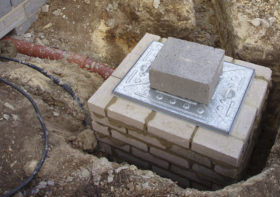




































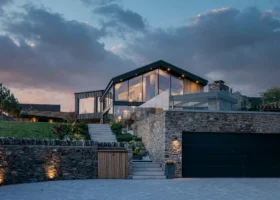

























































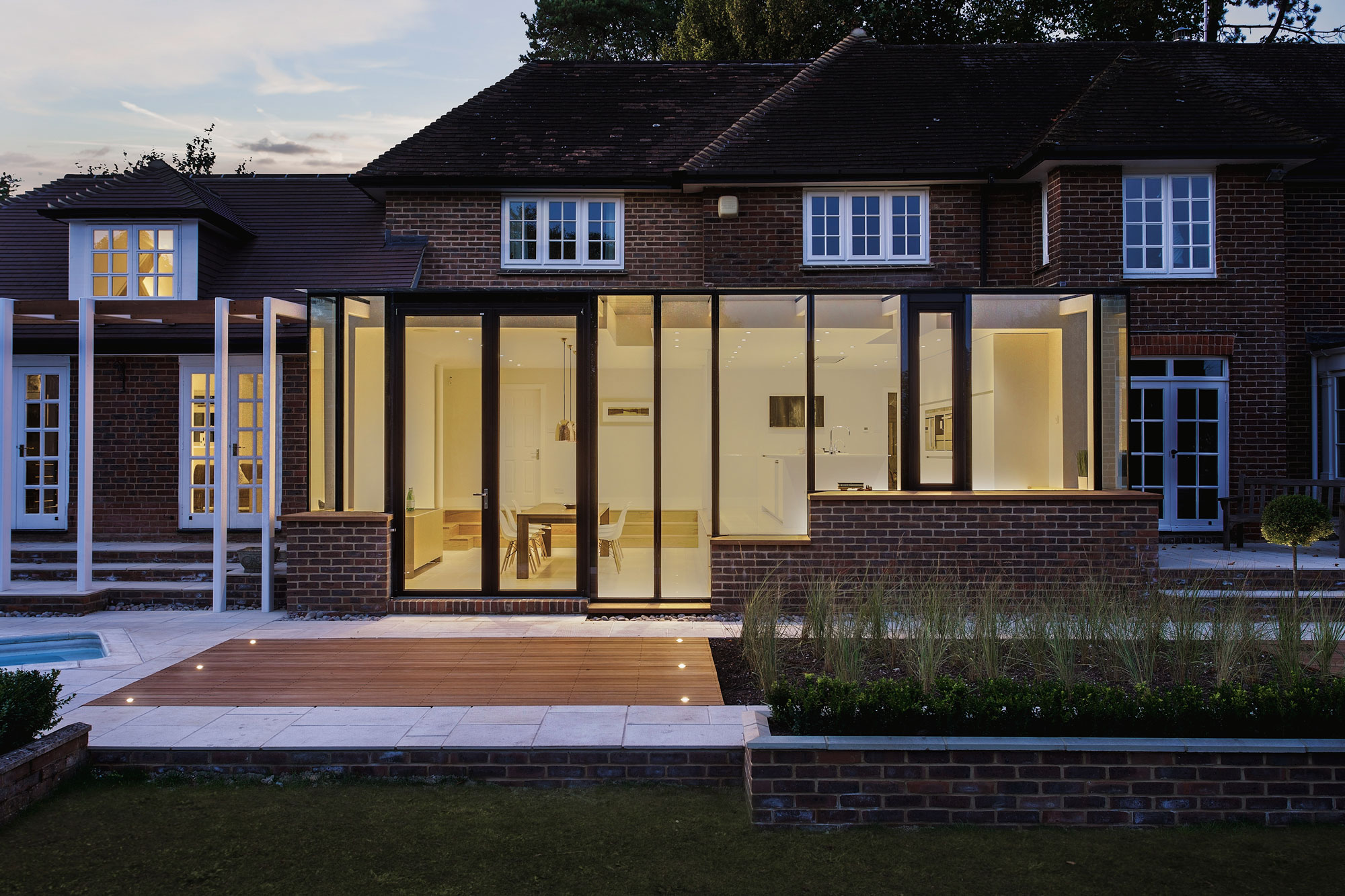
 Login/register to save Article for later
Login/register to save Article for later

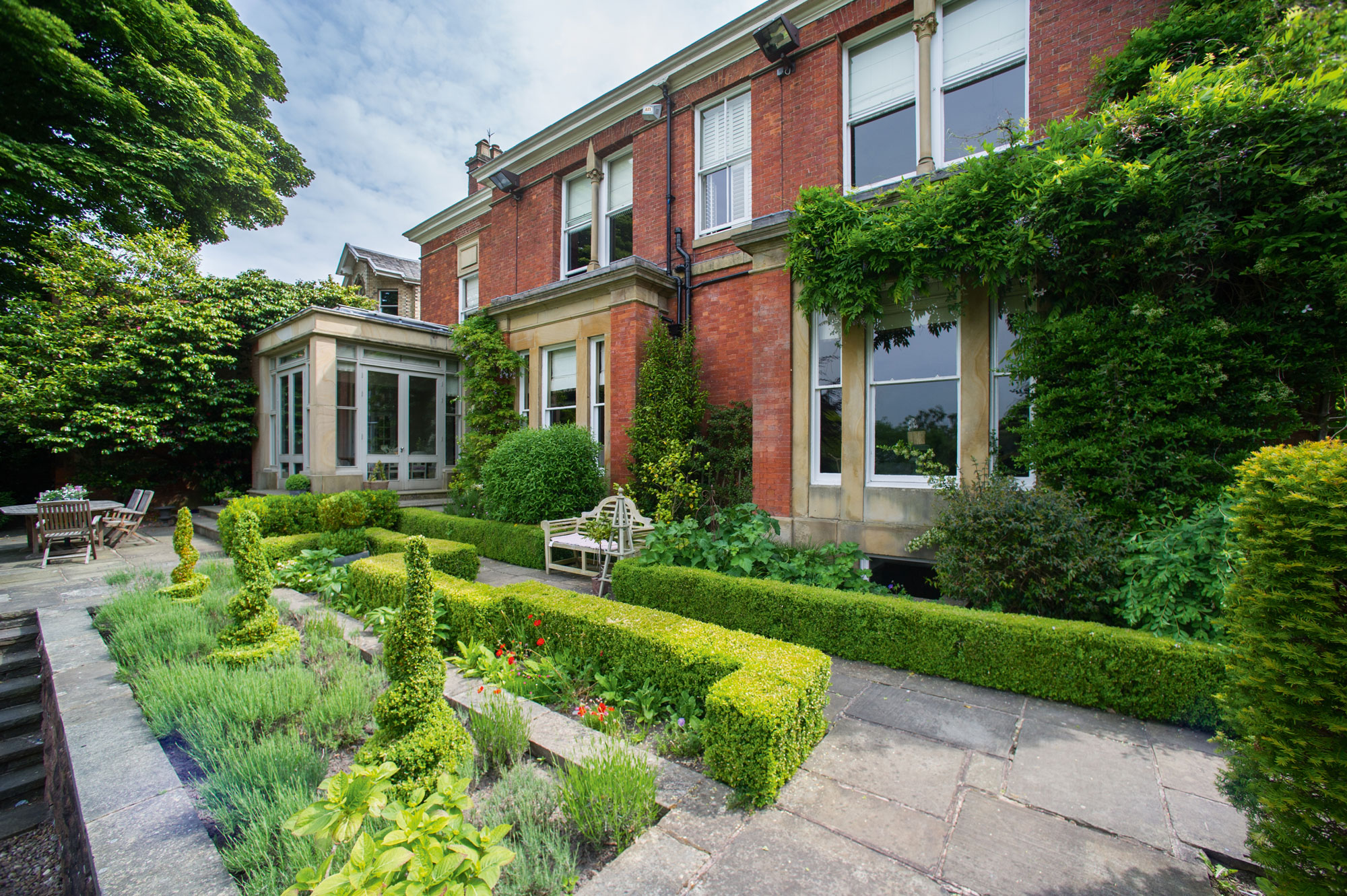


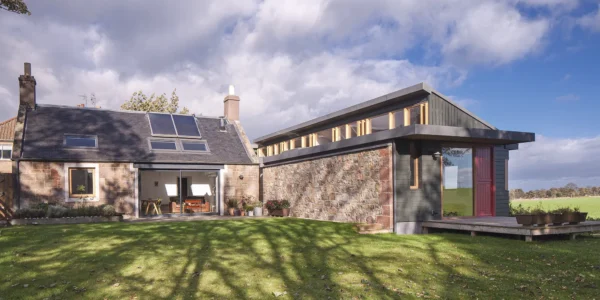
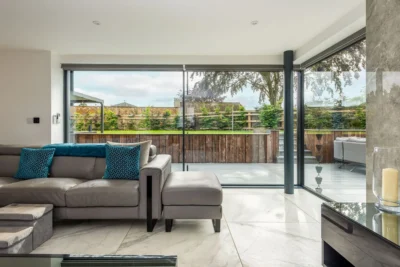
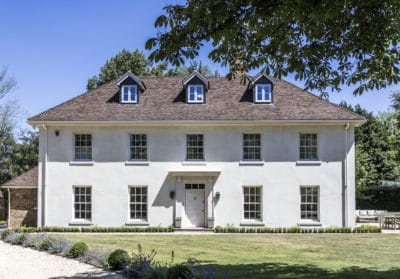
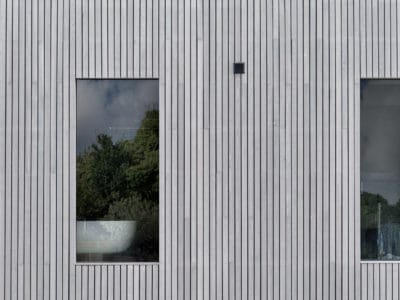
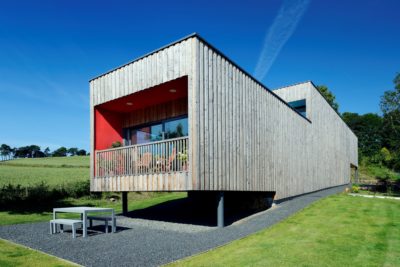





Comments are closed.